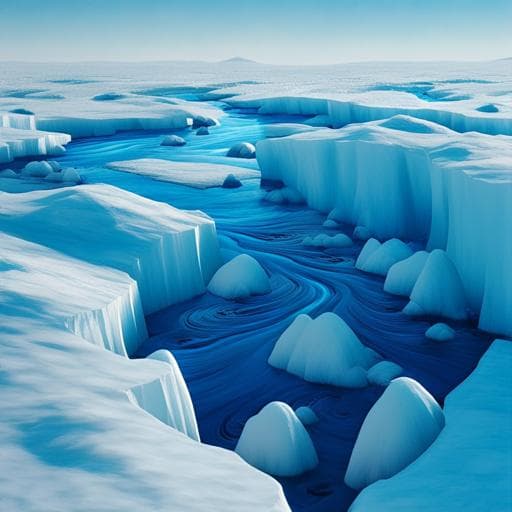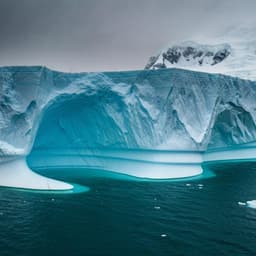
Earth Sciences
Higher Antarctic ice sheet accumulation and surface melt rates revealed at 2 km resolution
B. Noël, J. M. V. Wessem, et al.
Discover groundbreaking insights into Antarctic ice sheet mass loss, driven by increased ice discharge and influenced by surface processes. This study by Brice Noël, J. Melchior van Wessem, Bert Wouters, Luke Trusel, Stef Lhermitte, and Michiel R. van den Broeke unveils a significant rise in surface melt rates and presents enhanced SMB data, revolutionizing our understanding of ice dynamics until the end of the century.
~3 min • Beginner • English
Related Publications
Explore these studies to deepen your understanding of the subject.







